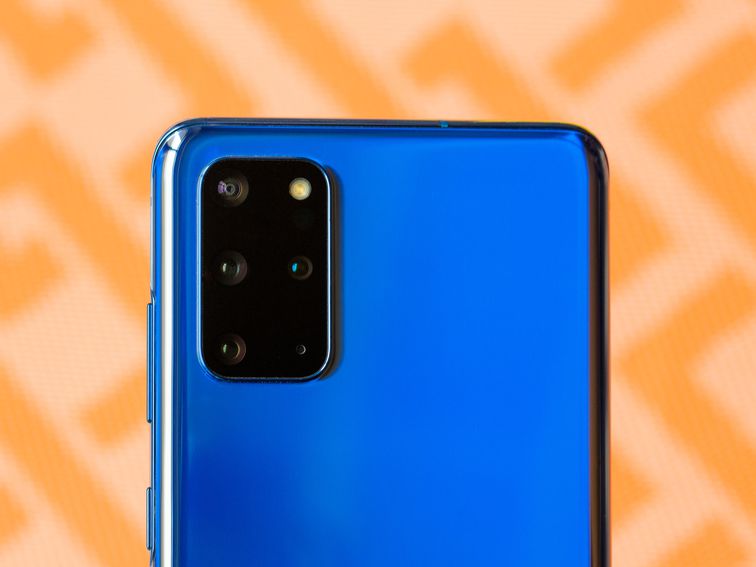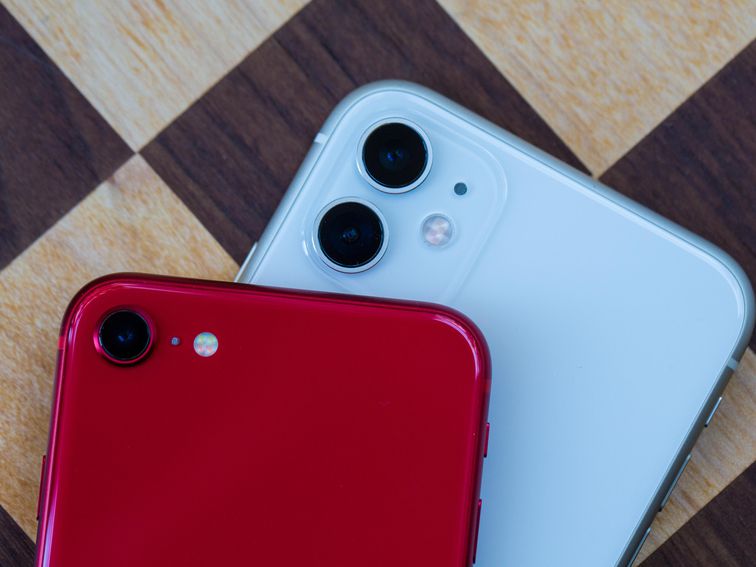Cast and mirror an Android screen to your TV in three easy steps

Mirror your Android phone or tablet to your TV’s screen in just a few steps.
Jason Cipriani/CNET
Give your friends and family a break. Instead of asking them to gather around the small screen on your Android phone or tablet to view photos or watch the latest viral video, use a Chromecast device to mirror your Android phone to your TV. Not only does it result in a more comfortable viewing experience, but mirroring your phone also makes it easier to play some of your favorite mobile games on the big screen. Let’s take a look at what you need, as well as a couple of different methods for mirroring your display. Here’s what you needStart with an Android phone or tablet — it should work with device software as old as Android 5.0, which was released in 2014. Supported device list or not, It’s possible you’ll see a warning telling you that you may have performance issues. The Galaxy S10 has this warning, but in my testing, I haven’t experienced any issues.Screen mirroring is built into the Home app.
Screenshots by Jason Cipriani/CNET
In addition to an Android phone or tablet, you’ll need a Google Chromecast streaming dongle, and either a TV with Chromecast built in or a smart display like the Google Nest Hub. If you don’t know whether your TV has Chromecast support, the best way to check is to see if it shows up as an available casting device when you follow either method below. Read more: Best universal remote for 2020 Use the Google Home ($100 at Best Buy) appThe most reliable and consistent way to mirror your Android phone’s screen is to use the Google Home app. If you’ve already set up any of Google’s smart speakers, Nest Wifi or Chromecast devices, you likely already have it installed. If not, you can download it from the Play store. With the Home app installed, here’s what you need to do:1. Open the app and select the Chromecast device you want to use. 2. Select the Cast my Screen button at the bottom of your screen.3. Accept the prompt that reminds you that whatever is on your phone will be visible on the TV. You may see a second prompt that warns you if your device isn’t optimized.To stop casting your screen, tap on the button labeled Stop mirroring in the Home app. There’s a shortcut: The Quick Settings panel.
Screenshots by Jason Cipriani/CNET
There’s an easier way, but it depends on your phone Using the home app isn’t a lot of work, but there’s an even easier way: Use the Casting shortcut in the quick settings panel. Here’s how:1. Swipe down from the top of your Android device to reveal the Quick Settings panel.2. Look for and select a button labeled Screen cast.3. A list of Chromecast devices on your network will show up. Select the one that’s connected to your TV, and a few seconds later your Android phone’s screen will show up.4. Stop casting your screen by following the same steps and selecting Disconnect when prompted. If you can’t find the Screen Cast option in the Quick Settings panel, tap on the pencil icon to edit which options are available and add the Screen Cast button. A Chromecast device doesn’t only allow mirroring, but you can also play your favorite shows from streaming apps on your TV.
Sarah Tew/CNET
It’s not clear why some devices, such as the Samsung Galaxy S10, don’t include the cast button in the settings panel. If your phone doesn’t have the shortcut option, don’t give up. You can still mirror your phone using the Home app. Remember, whenever you’re mirroring your screen, anything and everything that shows up on your phone or tablet’s display will also show up on the TV. Meaning, any alerts and notifications, along with their contents, will be broadcast for all to see. And since there will potentially be a lag between your phone and TV when casting, stick to playing slower games and avoid moreintensive titles such as Fortnite. If you’re looking for ways to get more out of your Chromecast, check out these tips. Google announced six new Assistant features in January you’ll want to know, whether you have one of Google’s smart speakers or displays.
Now playing:
Watch this:
Surprising Android tricks an iPhone can’t do
2:02




